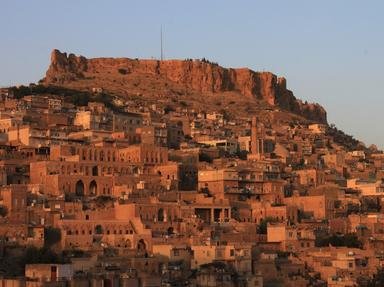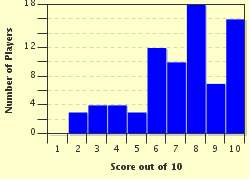Quiz Answer Key and Fun Facts
1. Nabopolassar led a successful rebellion against these cruel Mesopotamians in 612 BC. and is considered to be the founder of a new empire, the Chaldean Empire. Which people did he overthrow, ending a civilization that was based in Nineveh?
2. Nabopolassar built a new empire in ancient Mesopotamia in 612 BC that is called the Chaldean Empire. By what other name is it known?
3. Which well-known ancient Greek historian wrote about his visit to the Chaldean city of Babylon, which his contemporaries believed to be a great exaggeration?
4. Which great Chaldean king, the son of Nabopolassar, wanted to make his capital the most beautiful city in ancient Mesopotamia?
5. Thousands of Hebrews were deported to work in the Chaldean capital city of Babylon. What is this time in their history called?
6. The city of Babylon, rebuilt to be the showcase of the ancient world, had an impressive main street called Procession Street. At the southern end of the street there was a double gate that was covered with blue glazed bricks and bas relief animal sculptures. What was the name of the gate?
7. Considered to be the only one of the Wonders of the Ancient World located in Mesopotamia, name the structure which included the king's palace along with several terraces of plants.
8. The Chaldeans practiced haruspy, the art of divination by using an animal's entrails. In particular their rituals focused on hepatomancy. Which organ did they study?
9. Which of the following phrases best describes the Chaldeans as far as their long term contribution to civilization is concerned?
10. The beginning of the use of the seven day week is attributed to the Chaldeans.
Source: Author
ponycargirl
This quiz was reviewed by FunTrivia editor
bloomsby before going online.
Any errors found in FunTrivia content are routinely corrected through our feedback system.


